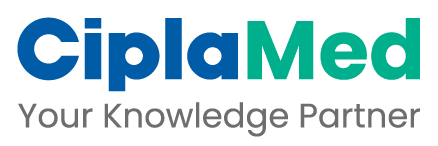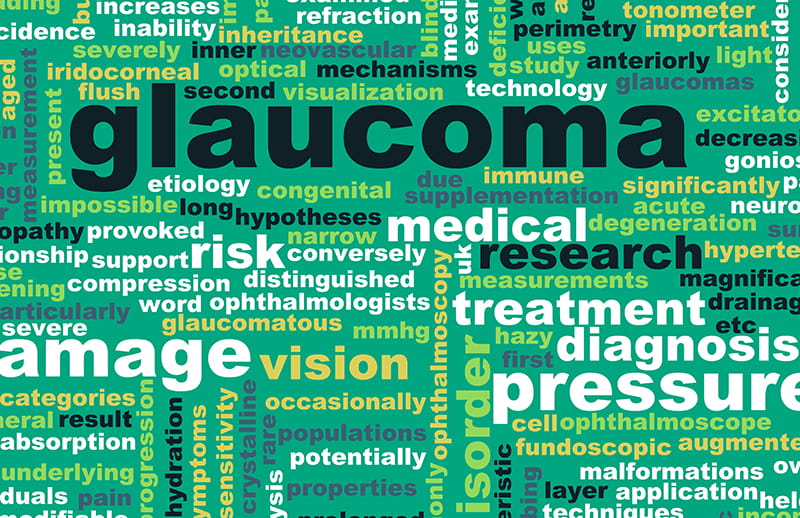Speaker - Luis Arias Barquet
Intravitreal injections are the gold standard for managing exudative macular disorders, including neovascular age-related macular degeneration (AMD), diabetic macular edema (DME), and retinal vein occlusion (RVO). These therapies are highly effective and safe, achieving therapeutic drug concentrations within the eye while minimizing systemic exposure. The most successful target pathway in these treatments is the vascular endothelial growth factor (VEGF) pathway, with VEGF inhibition proving the most effective approach. Early anti-VEGF agents like bevacizumab, ranibizumab, and aflibercept demonstrated significant efficacy during the initial years of treatment. They improve visual outcomes, stabilize visual acuity, and reduce macular fluid and lesion size. However, these therapies require frequent monitoring and repeated injections, posing a substantial socioeconomic burden on patients and healthcare systems. Despite these challenges, intravitreal injections remain the most effective treatment option for these retinal conditions.
A patient treated with five aflibercept injections demonstrated favorable anatomical and visual outcomes, including a reduction in the size of neovascular lesions, as observed via Optical Coherence Tomography (OCT) angiography. Over 16 years of follow-up, the patient has maintained visual function in their remaining functional eye. Recently, newer anti-VEGF agents like faricimab have been developed to target VEGF and angiopoietin-2, offering dual inhibition of these key pathways. Faricimab is administered at a clinical dose of 6 milligrams, while a higher dose of 8 milligrams has been used in liver cells. The fusion protein has been engineered for improved clinical efficacy, incorporating a small antibody fragment at the therapeutic dose of 6 milligrams, as visualized in Burley's map.
New glaucoma drugs have demonstrated similar visual outcomes to existing treatments but with superior anatomical results. These medications are more effective in drying the macula, removing more macular fluid, and reducing the size of neovascular lesions, leading to prolonged treatment durability. Notably, these drugs have significantly reduced the required treatments, with fewer injections needed in the first year and only three in the second year, marking a major advancement in disease management. Brolucizumab, a particularly potent agent, has shown in clinical trials that a single injection can completely dry the macula and offer visual improvement, with the effect sustained for six months without additional fluid accumulation or further treatment. However, safety concerns have emerged, as 4% of patients experienced severe intraocular inflammation. Similarly, faricimab, another powerful drug, has been shown to require significantly fewer injections to stabilize the disease compared to standard treatments using two-milligram doses. After just one injection, the macula becomes completely dry, with notable improvements in visual acuity.
The optimal treatment protocol for macular degeneration typically begins with a loading phase of three consecutive injections, followed by fixed regimens. These regimens may involve monthly injections (e.g., ranibizumab), bimonthly (e.g., aflibercept), or as-needed (Pro Re Nata, PRN) based on visual acuity loss and OCT findings. While PRN represents a reactive approach, proactive strategies like the "treat and extend" protocol have gained popularity. A trial in Spain compared various approaches, finding the "10x10" regimen, a proactive strategy, to be particularly favored. Fixed regimens showed comparable outcomes to those of treatment and extended protocols. A well-defined treatment protocol is crucial for optimal outcomes, although the protocol choice may be less important than the drug itself. Extending treatment intervals with newer drugs is key to improving management. In one study, 80% of patients achieved disease stabilization with faricimab or high-dose aflibercept. These findings suggest that moving towards fixed regimens with longer treatment intervals may significantly benefit managing macular degeneration.
Applying a standardized treatment approach for all patients with DME is crucial. Clinical trials with faricimab and high-dose aflibercept have shown promising outcomes in managing DME. However, for patients presenting with significant inflammation biomarkers, a shift to steroid therapy is recommended. A study led by Dr. Udaondo highlights the importance of identifying these inflammatory biomarkers in DME patients, suggesting that steroids, rather than anti-VEGF drugs, may be more effective in these cases. Steroid treatments, such as dexamethasone implants (Orthodex) or fluocinolone acetonide implants (Iluvien), have effectively managed inflammation in DME patients. One clinical case involving a patient with macular edema revealed that Orthodex treatment successfully dried the macula but resulted in a diminished visual benefit due to significant disruption of the retinal outer layers, which underscores the need for personalized treatment, as some patients may require tailored therapies based on their inflammatory status. While consistency in treatment is important, it is equally vital to adjust the approach in patients with specific clinical characteristics, such as inflammation, to optimize outcomes.
The port delivery system represents an innovative approach to drug delivery, specifically designed for continuous intravitreal administration of a customized formulation of ranibizumab. The system involves surgical implantation and allows for periodic refilling over several months. Food and Drug Administration (FDA) approval has been granted, and ongoing clinical trials evaluate its efficacy. Surgical precision is crucial during implantation to prevent pressure on the device, particularly on the tenon and conjunctiva. Initial results from clinical trials have shown comparable efficacy to monthly ranibizumab injections, with the advantage of requiring only one surgical procedure followed by refills. Gene therapy holds promise as another future treatment option currently utilized for retinal dystrophies. In the context of neovascular AMD, the concept involves using viral vectors to instruct retinal cells to produce anti-VEGF molecules. The approach is attractive due to its potential for easier administration than traditional methods such as vitrectomy and subretinal injection. Furthermore, exploring suprachoroidal techniques presents another promising alternative therapeutic approach. The process aims to enhance treatment for retinal dystrophies and neovascular AMD, potentially offering feasibility and ease of implementation advantages over existing techniques. These innovative treatments significantly improve outcomes for patients with retinal diseases.
The most effective drugs for managing retinal diseases are faricimab and high-dose aflibercept. The optimal treatment protocol involves fixed regimens with extended intervals, up to 16 weeks, for all patients. However, for DME patients who exhibit inflammation biomarkers, steroid therapy may offer enhanced efficacy. Future advancements in treatment may include innovative approaches such as port delivery systems and gene therapy, which hold promise for further improving patient outcomes.
The selection between novel and established ophthalmic treatments involves complex considerations influenced by the clinical context. A proactive strategy may be necessary in large public hospitals with high patient throughput, favoring treatments that offer longer intervals between doses and require fewer patient visits. Conversely, conventional treatments administered on a pro re nata (as needed) basis in smaller private practices may remain highly effective. The diverse range of available treatment options facilitates personalized approaches tailored to the specific capabilities of each practice setting. Both innovative and traditional therapies possess distinct advantages, and their effectiveness is best maximized when treatment choices align with the practice’s capacity for patient monitoring and management. Recent advancements, such as the introduction of Faricimab, demonstrate significant efficacy but come with distinct safety considerations. Increased potency and dosing regimens in newer agents may result in different safety profiles compared to earlier treatments. For example, the trend toward higher doses and more frequent administrations with newer drugs might introduce additional risks. However, clinical trials have not consistently shown a higher incidence of adverse effects such as glaucoma. As treatment options evolve, balancing efficacy with safety remains critical. Ongoing evaluations are essential to refine the use of these therapies, aiming to optimize patient outcomes while managing potential risks. For patients with a history of glaucoma or those at elevated risk, cautious use of higher-volume injections is advisable. Alternative therapies like Faricimab, which may require smaller injection volumes, could be considered to mitigate risks. Regular intraocular pressure monitoring and frequent assessments are crucial to managing emerging issues effectively.
42nd Congress of the European Society of Cataract and Refractive Surgeons, 6 – 10 September 2024, Fira de Barcelona, Spain.




